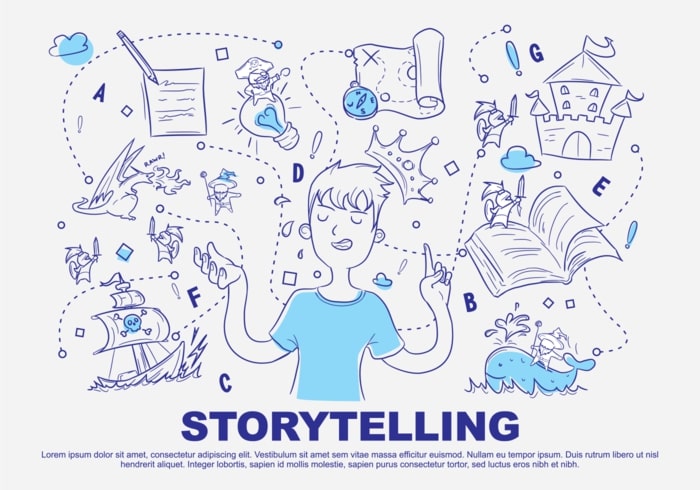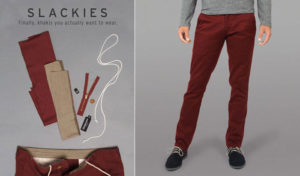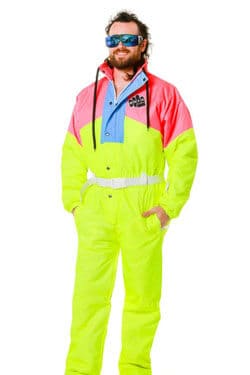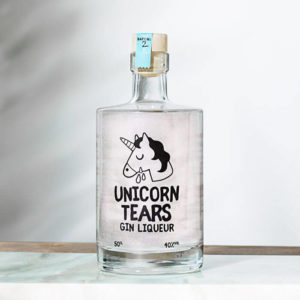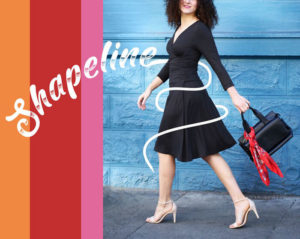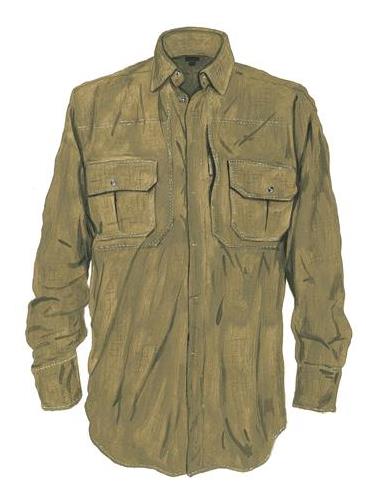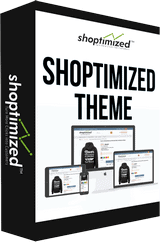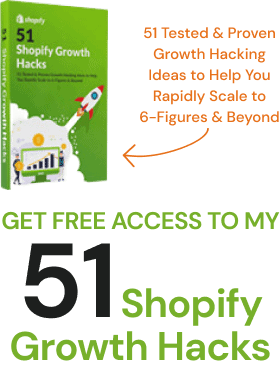[Part 1] How to Write Product Descriptions That Sell (To Be Successful Selling Online)
Jump to [Part 2] Product Description Archetypes: The Shortcut to Selling Damn Near Anything
Every online store owner should want to know how to write product descriptions that sell.
One of the biggest conversion-killing mistakes I see store owners make is lazily copying and pasting their product descriptions straight from their suppliers with little or no thought for how to persuade visitors to buy.
No one wants to read a load of boring facts about the product that won’t let the customer see themselves owning and using the product.
Who really cares if your widget is 2.5 inches in diameter?
Probably no one.
You see, that’s not copywriting.
Here are 7 ways for you to analyze your product descriptions and see if they live up to the copywriting creed of success.
#1 Revealing the Benefits About Your Product
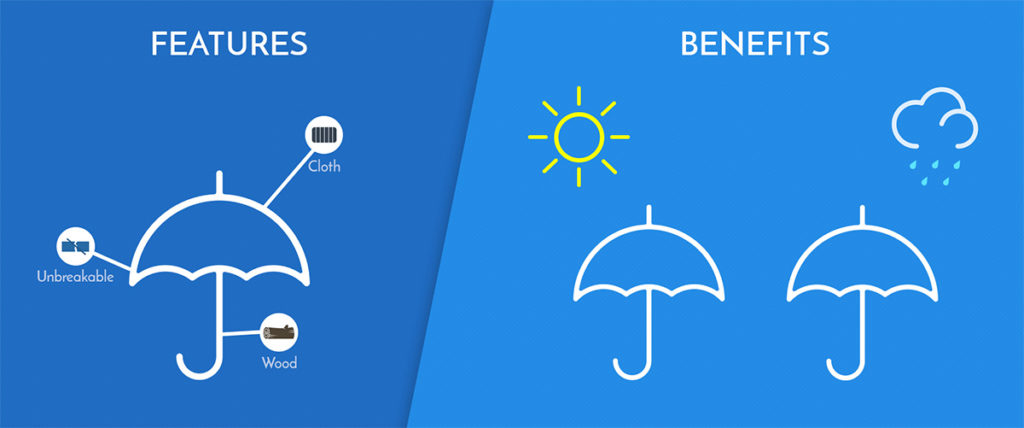
It’s important to know what IS copywriting and what it IS NOT.
Your customer doesn’t give a hoot about facts. They want to “feel” what it would be like to own your product and feel reassured that they won’t regret their decision to buy.
Don’t get me wrong, for some products, it’s more than enough to write a couple of simple paragraphs and people will still buy. Things like T-shirts or hoodies sell themselves as long as you have high-quality images to do the selling for you.
The copy is there simply to answer questions about material and print quality and sizing information.
But when you’re selling more expensive or complex products you need to think about salesmanship more deeply. You need to think about joining the conversation that’s going on in your customers’ heads and answering every conceivable question and objection they might have.
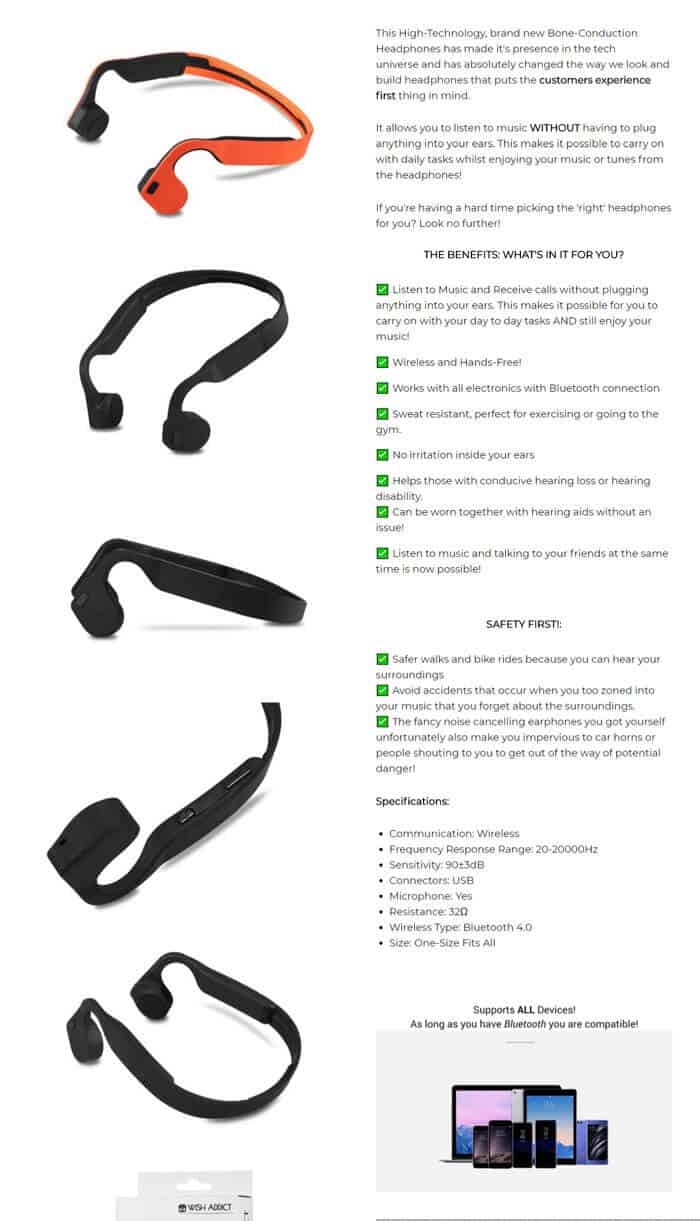
Wishaddict.com answers the obvious questions and objections in their product description.
#2 Write In A Relaxed And Conversational Style

One more thing that’s important when you’re writing: Picture someone you know that fits the profile of your ideal customer and write as if you’re talking only to them.
Never use a long, fancy-pants word when a short, simple one will do, i.e. ‘complimentary’ instead of ‘free’.
Even if you’re selling business-to-business it’s still people that buy from you.
Be Human.
Unless you’ve already made it completely obvious elsewhere on the page, repeat your “reasons to buy from us“, i.e. all of the things they need to believe in order to buy from you.
#3 Telling a Story About Your Product
What if you’re unsure about how to make your product sound different or interesting?
A powerful persuasion technique is to “romance the stone”.
Let me explain why this works so well… we’ve all been programmed to respond to stories since we were toddlers, so this is where you tell a compelling story about how your product was invented, discovered, is grown or is painstakingly produced.
Not only will it capture your readers’ imaginations but it also builds credibility.
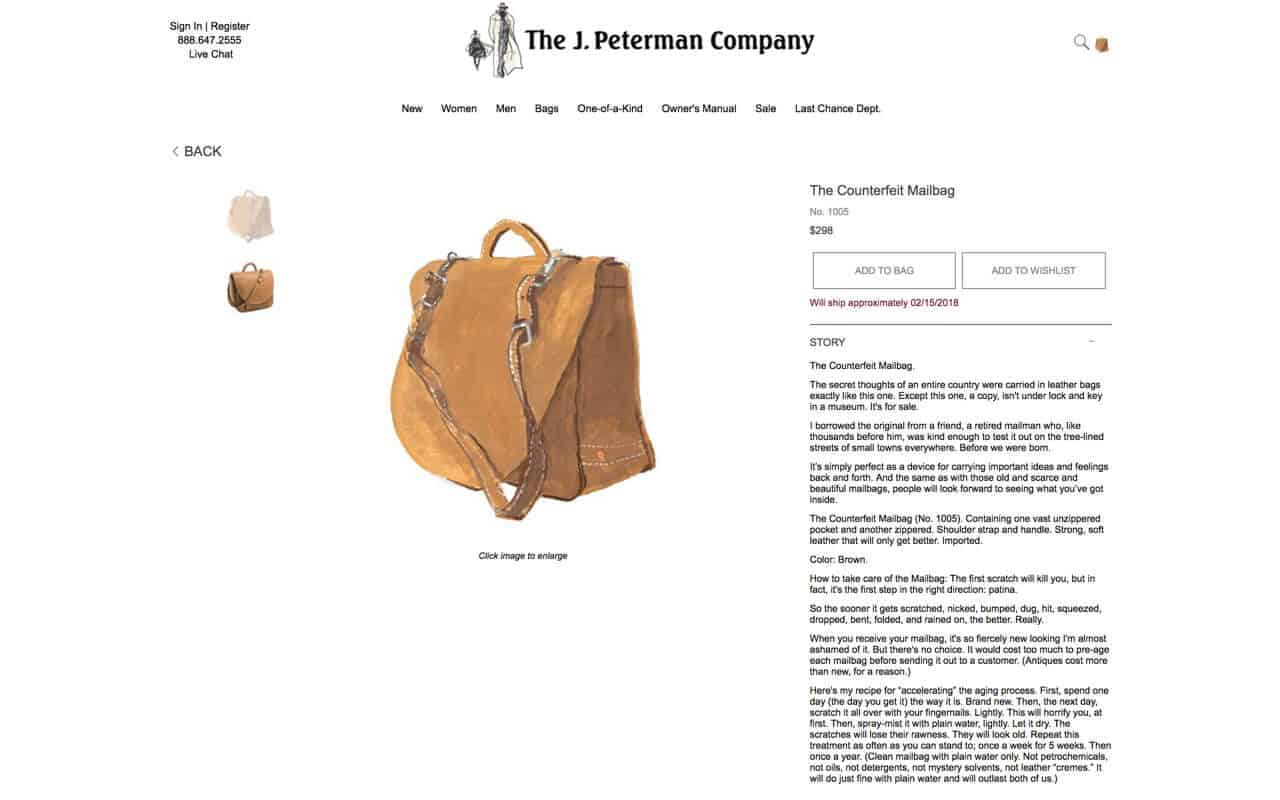
J Peterman are rock-stars at writing compelling stories about their products.
#4 Backup All Your Claims With Unquestionable Proof.
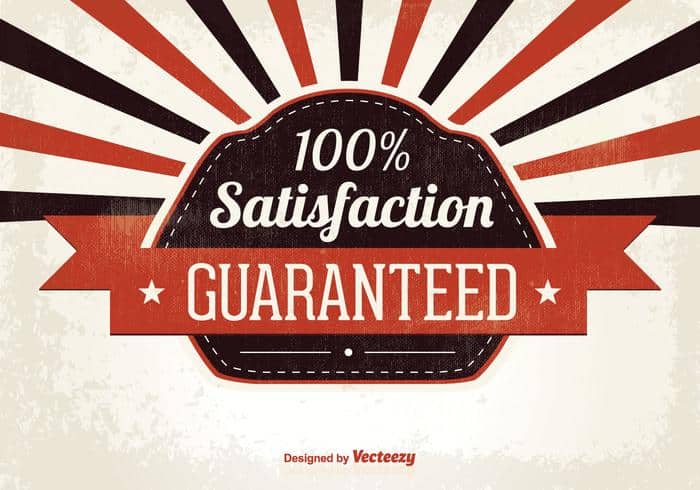
Is it too good to be true?
Let’s face it, a lot of product descriptions fall down on credibility; the prospect simply doesn’t believe the seller’s claims.
It’s one thing to claim that your widget is the best, fastest, lightest, strongest on the market. Ok, but exactly how is that the case?
Give me some numbers and facts behind your claims.
“But I thought you said customers only care about benefits?”
They do. But if you promise them the moon and back, they’re going to smell bullshit.
You need to weave rock-solid evidence into everything you claim.
If you don’t have any proof of your own, this can be borrowed by referencing quotes that other experts have said about your type of product.
#5 Reverse The Risk With A Bold Guarantee

Let me lay it out for you.
You’re in the business of giving guarantees whether you know it or not.
With all the consumer protection rules that exist, you already offer a guarantee.
You just might not say it.
The fact is, the more risk you remove from the prospects’ shoulders and place onto yours, the more you will sell.
So, make your guarantee as audacious as you possibly can.
Of course, as the business owner, this probably makes you cringe as you will naturally assume that you’ll be scammed by all your customers and your returns rate will go through the roof.
And that’s why most marketers don’t do this, in fact, your competitors will have no idea how you can afford to do this.
But the reality is, the longer the period that you allow for returns, the less likely the prospect will be to remember to return it.
This is why 365-day (or longer) guarantees work so well to increase sales.
#6 Make It Alive

There’s another easy-to-use method that boosts sales like crazy.
Video.
With increased internet speeds and a wider variety of free video production tools, video is becoming more and more prevalent in product marketing.
A product video to support your sales copy works really well too and can even be a replacement for a long-form copy if it covers all of the main sales arguments.
#7 Tell Them What To Do Next

How do you bring your pitch to a close? The answer is simple.
All you do is summarize the benefits and present the offer(s) followed by your call-to-action.
Also, to overcome price objections, you may need to, trivialize the price by comparing the cost to a daily cup of coffee or to the cost of buying all of the ingredients/components separately, etc.
BONUS: A 3-Step, Foolproof Formula for Selling Anything, to Anyone, in Any Industry

Now for the kicker that may surprise you:
No matter what you’re selling and to whom, there’s a simple 3-step formula to any sales message that works like gangbusters…
Step #1
Identify and call-out your prospects pain or problem. So if you’re selling e-readers, for example, you might open with “Fed up juggling a flashlight in one hand and trying to keep a book open in the other?”
Step #2
Agitate the problem. Continuing with our e-reader example, you might describe how they’re constantly dropping the torch and their book when they go to turn a page.
And how their partner complains while they’re trying to sleep because they keep fumbling with the flashlight and it lights up the bedroom like a damn searchlight spotting an enemy aircraft.
This leads to the couple bickering…
You get the idea.
Step #3
Present your solution: This is where you tell them how your cleverly backlit e-reader gives off enough light even for people with failing eyesight to read at night without disturbing their partner.
Trudog is a great example of this approach and I talk you through it here:
Here’s the structure that’s helped us write product descriptions that sell for our stores:
- A Benefit-Laden Headline That Grabs Their Attention & Makes Them Want to Read More
- A series of 5 – 7 bullet points (These should summarize the main benefits of the product)
- …and of reading further
- Use the silent ‘which means’ trick to make sure you’re stating the ultimate emotional benefit (instead of just a list of features).
- Bold any key phrases or benefits to help when people skim readers.
- It helps to approach writing them in the same way you’d use to write a compelling headline.
Make the first sentence short and use it to ‘pay-off’ the headline. (Put it in bold too.) Then use the “inverted pyramid” principle, so the first paragraph contains an overview of the key points. Reveal the juiciest bits now, before the prospect loses interest.
So what’s next? (That was a transitional link.)
Now, we’re into the main body copy and this is where you put all of the detail. And at this point, they’re more committed to reading what you have to say. You have their attention, but you still need to keep hold of it.
A good way to do this is by dimensionalizing your product benefits using word pictures like ‘razor-sharp’. This way the reader paints a vivid picture in their minds and sees themselves owning and using your product.
Write recklessly and edit ruthlessly. Ruthlessly, make every single word earn its place on the page.
The truth is your product descriptions should be at least 200 words. But don’t be afraid to use more if you have lots of benefits to talk about.
You can’t be too long but you can be too boring. So keep it relevant and about the reader, not about you.
Using subheads to announce (and sell) what’s in each section. Using sub-heads also breaks up the monotony and appeals to skim readers on long descriptions.
But What Do I Do First?

When I’m testing lots of products in quick succession to see what sticks, I’ll invest some time in writing a decent, original product description that will do the job.
And then, if the product takes off, I’ll go back and put in the time to write a more considered description that leverages all of the copywriting principles that I know will make sales skyrocket.
This way, if the product doesn’t get traction, I haven’t wasted too much time carefully crafting a persuasive sales message.
OK, so there you have it, now go do this stuff ?.
But you may be saying, “…this all sounds great, but how do I do this for MY products?!”
[Part 2] Product Description Archetypes: The Shortcut to Selling Damn Near Anything
We’re going to go over some of the product description gems of the internet that really nail some of the ‘archetypes’ of product description storytelling.
Much like there are movie story archetypes like the “Drama”, “Tragedy”, “Rags to Riches”, “Voyage and Return”, etc.
There are product description archetypes as well.
One of the best breadths of examples of e-commerce copywriting is JPeterman.com.
Their descriptions breathe life into their products and sell you the romance of the story behind them or owning them.
Real-World Proof
At its peak, The J. Peterman Company was raking in $75 million dollars in catalog sales and was even so popular in the 90’s that it was parodied in an episode of Seinfeld (the most popular US TV show at the time).
But like all businesses, they’ve had their ups and downs and they overstretched themselves by expanding too fast which caused them to go bust in 1999.
Fortunately, they’re on their feet again and already hitting north of $20 million dollars a year in revenue. And I have no doubt that this is largely due to their product descriptions which are each copywriting masterpieces…
Why It Matters When You Want to Learn How to Write Product Descriptions That Sell

Like I said in the first half of this article, no one is compelled to buy by a bunch of dull and lifeless product characteristics.
What they buy is a story.
Study any of J Peterman’s product pages and you’ll quickly see that every product takes on a personality of its own.
Of course, they mention the product’s features and characteristics but the stories they weave around the fundamentals are all about shared values, beliefs, nostalgia, adventure, and dreams.
When you buy from J Peterman, you’re buying an experience and a story you can identify with and tell your friends about.
Now this may sound romantic, but don’t be fooled, this is 100% strategic. Because it all leads to fiercely loyal customers and an avalanche of sales.
Let’s Dive In
So here’s a crash course on how to write J Peterman style product descriptions…
To shortcut you being able to model this style of copywriting for your own Shopify store, I’ve identified 7 core product description types that are routinely used by J Peterman:
Now here are 7 different types of product description archetypes similar to the J. Peterman style that you can model after as soon as tonight if you wanted.
How to Write Product Descriptions That Sell
Method #1 The “Hero Who Wears This” Story

J Peterman paints a vivid picture of a hero-esque character that wears this garment.
They romanticize how they were better, stronger or faster than the average man.
You’ll also notice how there’s no mention of product features until you’re lured in by the story and they have created the desire to be just like the hero…
Genius.
Utilize the power of tapping into what your product could be easily associated with that’s hero-worthy
Another great example is these Blade Runner whiskey glasses.
Do they look similar to any other whiskey glasses you could find at a thrift store? Absolutely.
But these are styled exactly like the ones that Rick Deckard drinks out of in Blade Runner.
Don’t you want to be like the hero?
How to make your products better with the “Hero Who Wears This” method
- Who did those people aspire to be?
- What are their favorite movie characters?
- Who did they look up to as a kid?
- What would be their superpower?
- What is their personality type?
How to Write Product Descriptions That Sell
Method #2: Identify A Problem & Solve It
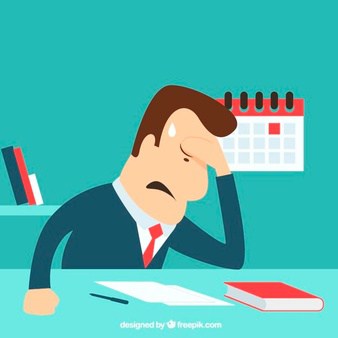
What’s clever about this product description method is that it identifies the problem the customer needs to solve while demonstrating that the product solves a problem that man has been facing since time began.
A great example is these “slackies” pants by Betabrand.
If your product solves an obvious problem, hammer down on what that problem causes and the relief your product provides.
Everyone wants to look professional with khakis but sometimes they just aren’t the most comfortable pants to wear.
Well, you shouldn’t have to sacrifice comfort for professionalism.
So thus a new product is born, the Khaki Slackies!
How inconvenienced is your target prospect? How much pain are they in? The more relief your product can provide, the better. What is currently driving them nuts?
Drill into that. Agitate it. Remind them how much that problem pisses them off.
What could they gain (or eliminate) by using your product?
That really resonates with the Beard Buddy. Every guy who has grown a beard and trimmed it knows the pains of cleaning up stray hairs in their bathroom. That’s a problem.
Show the buyer how to use your product with images. But let your copy tell the pain of continuing down the same path.
Here’s the beard buddy’s first bullet point:
“No more stray hairs down the sink, on the soap, in your toothbrush”
This product is saying,
“Hey! No more! You don’t have to be bothered with that anymore! You had a problem. Here I am to fix it.”
What’s even more powerful? When you combine this with the fork in the road.
Show them their options.
Show what they could be doing that’s easier, faster, better versus what they are going to have to do to continue doing what is painful, tedious or difficult.
How to make your products better with the Problem/Solution method
- What obvious problem does your product solve?
- What situations does your product become the obvious choice?
- What will happen if your target prospect keeps doing what they have been doing?
- What’s the number one benefit of your product?
How to Write Product Descriptions That Sell
Method #3: The “World’s Most Interesting Person” Story

This is an interesting type of product description because what really defines if something is interesting?
It piques our interest. It leaves an itch that needs to be scratched. There’s something that makes us want to dig further into our quest.
A “radical” example is “The Face Melter” by Shinesty.
I mean, just look at it.
The product description is priceless:
“If you are looking to blend in, why the fugg are you reading this product description. This is for standing out, this is for giving the finger to conventional style. this is for sending it. You may be a good skier, you may be a bad skier, just don’t be a boring skier. Zip it up, tuck it tight, and get ready to have yourself a friggin day.”
How could a ski suit make someone not boring?
We get a heads up that we’re going to have a “friggin day”.
And honestly, with this color scheme, you can’t help but nod your head in agreement as you hit the add to cart button.
How to make your products better with the “World’s Most Interesting Person” method
- What qualities about your product seem “out of this world”?
- Does your product naturally pique someone’s curiosity?
- What about your product makes the buyer seem more sophisticated when they are using/wearing your product?
- Who or what character can you draw a comparison to that the buyer would recognize?
- Who would be using your product? Fictional or nonfictional.
How to Write Product Descriptions That Sell
Method #4: The “Discovery” Story
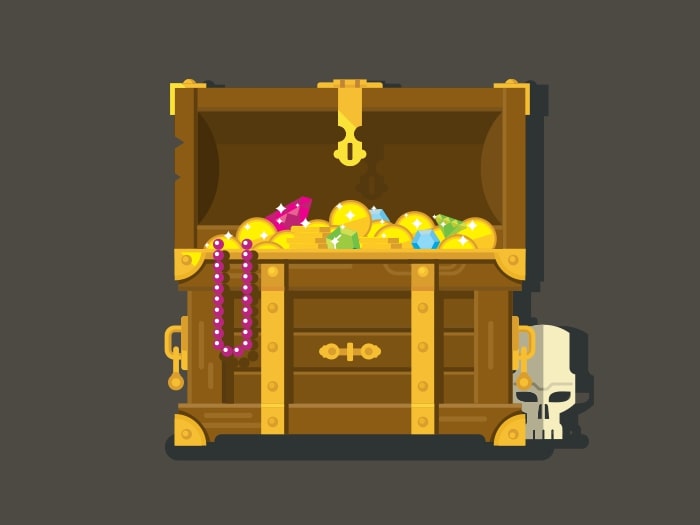
For as long as humans have been able to tell stories, there’s always been an item of power, mystery, and allure.
The ancient relic. The pirate’s treasure. The wizard’s spell-book.
When you can apply that to your own product, the results are just as magical.
A majestic use of this principle is the Unicorn Tears Gin Liqueur at Firebox.com
Tap into the imaginary or real source of your product. Find that origin tale that could come from a storybook.
The language the product uses embodies this principle completely:
“This gin liqueur contains real Unicorn tears. Created by Firebox in a secret location…”
“You too can now embody the purity, power, and potency of nature’s most sacred steed.
To unleash their magical powers: Swirl the bottle. Behold its shimmering majesty. Consume the mythical spirit.”
Is this just your grandpa’s gin? With some edible glitter flakes? And a unicorn stamped on the bottle? You betcha.
But for a little while, you can believe it’s really unicorn tears. Long enough to add it to your cart and buy it. It taps into the storytelling belief that this product is something that is unique in how it was created or discovered.
And hey, after a few drinks, you won’t even care.
How to make your products better with the “Discovery” method
- Try to paint a picture in your mind of where would your product most likely be “discovered”? Fictional or nonfictional.
- Every superhero has an origin story, what would your product’s origin story?
- What about your product makes the buyer seem more sophisticated when they are using/wearing your product?
- How could your average product be spun into something unique to your industry?
How to Write Product Descriptions That Sell
Method #5: The “Only For People Like Us” Story

Some products aren’t made for everyone.
Some products carry their own barrier to entry.
What is the biggest barrier to just anyone buying a product? Price.
Who does this best? Well, there are great examples in each industry. Where the brand name is built around their price.
Watches? Rolex. Cars? Rolls Royce.
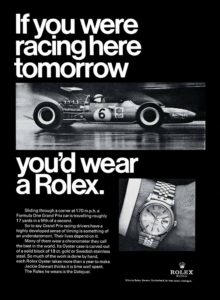
People are communal whether they admit it or not. When your product can create a community, you have a golden opportunity.
The entire premise of this archetype is to create a sense of scarcity and belonging. A status symbol.
Usually, the product quality is not correlated to the price. Are Rolexes good watches? I’m sure they are. But are they that much better than Casio? I don’t think so.
But to simply be one of the few that owns the product is the entire allure of this product archetype.
Another example you see this is in the environmentally-conscious friends and products.
This one is more of a moral “high ground” than of price. “Only people who care about the earth and environment buy our products. So if you buy the other guy’s product, you must hate the environment because of XYZ”
How to make your products better with the “People Like Us” method
- What product of yours is of a higher quality or a perceived higher quality that you can market to a subset of your customers?
- What other companies in your market use this approach?
- Who are they targeting with this high-end product?
- What qualities of the product make this so attractive to this subset of prospects?
How to Write Product Descriptions That Sell
Method #6: The “Core Trigger” Story
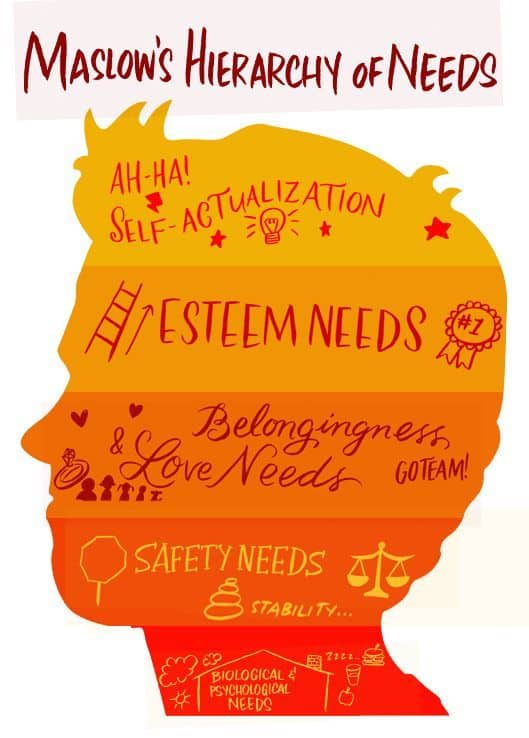
A core trigger relies on a deep desire that humans feel.
Drew Eric Whitman, the author of Ca$hvertising, labels core triggers as the “Life Force 8”.
Life Force 8 are the eight basic human instincts hardwired into every person:
- Survival, enjoyment of life, life extension
- Enjoyment of food and beverages
- Freedom from fear, pain, and danger
- Sexual companionship
- Comfortable living conditions
- To be superior, winning, keeping up with the Joneses
- Care and protection of loved ones
- Social approval
A product using the “Core Trigger” method aims to nail down as many of these traits into their product as possible.
For this dress from BetaBrand and for most women, it’s to be sexy (#4 Sexual companionship). To be desired (#6 To be superior). To be flattered (#8 Social approval).
The description calls it out best, “The Shapeline Sweatshirt Dress has a flattering fit-and-flare style.”
What woman would NOT want a product that makes them instantly sexier and more desirable?
If a product can promise to create sex appeal out of thin air then it’s much more likely to be a winning sale.
HelloTushy makes a great case on each of their product pages for their many benefits of buying one of their bidets.

How to make your products better with the “Core Trigger” method?
- How many of the “Life Force 8” does your product appeal to?
- Does your product address an emotional need? Directly or indirectly?
How to Write Product Descriptions That Sell
Method #7: The “Comparison” Story

The quickest shortcut to helping someone understand something is to make a comparison.
If I were trying to explain to you something highly technical, it could get highly confusing.
So instead of using technical jargon, I may draw a comparison.
“Your computer is slow because XYZ is like a garden hose with a clamp on it”
“Oh wow, that makes perfect sense”
A comparison works because it builds an understanding of a framework in the mind that already exists. Teachers use this all the time because it helps students learn new concepts fast.
And guess what, it works for your buyers too.
If you’re trying to sell something that appears ordinary, create parallels to things they buyer would already understand that could make turn ordinary into revolutionary.
An ironclad example of this is the LC Ripstop Shirt from JPeterman.
It starts out by saying:
“When Failure Isn’t an Option.”
A nice attention grabber for letting me know this shirt is TOUGH.
The 2nd line of their product:
“Ripstop material was invented for parachutes during WWII.”
In an instant, I know that this shirt means business.
In a matter of 8 words, JPeterson has explained to me that this shirt is made of the same fabric that was invented to be tough enough for soldiers jumping out of airplanes nearly 8 decades ago.
Now, my explanation has some impact, but look at what they do next…
They go on further to give you comparison proof:
“It’s still used for parachutes, sails, hot air balloons, Nomex fire suits and other things that can’t afford to fail during crunch time.”
So not only do they leave us with comparing this shirt to the amazing quality of a parachute, they mention other items that have a bigger need for durability.
How to make your products better with the “Comparison” method?
- What feature is unique about your product that cannot be explained easily?
- How is that feature a benefit for the compared product? For your product?
Conclusion
In a world where more and more competition seeps into the marketplace daily, you have to stand out. One of the easiest ways is with your words and how you sell yourself, your brand, AND your products.
With applying just a few of these product description tips, you are going to be miles ahead of other stores out there who are pushing the same product.
And remember, whether you are just starting out or if you already have tons of traffic, anyone can benefit from the increased sales of writing better product descriptions that sell, stand out, and stick in a buyer’s mind.
Another easy way to improve your store’s conversion rate is by installing the highest converting Shopify theme, not only does it load in under a second, it has 30+ conversion boosting features built-in.
